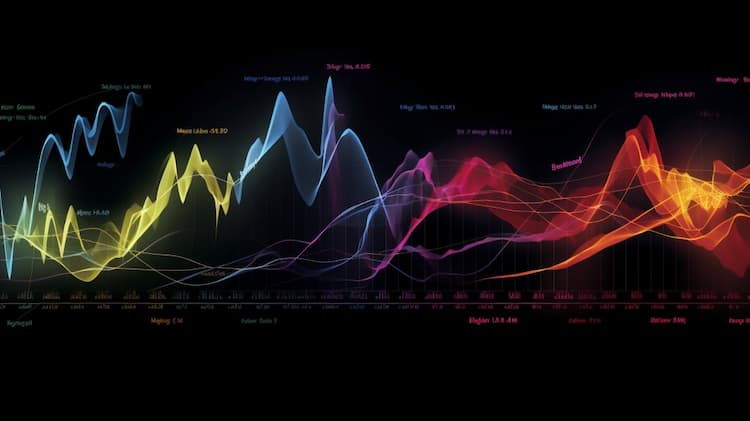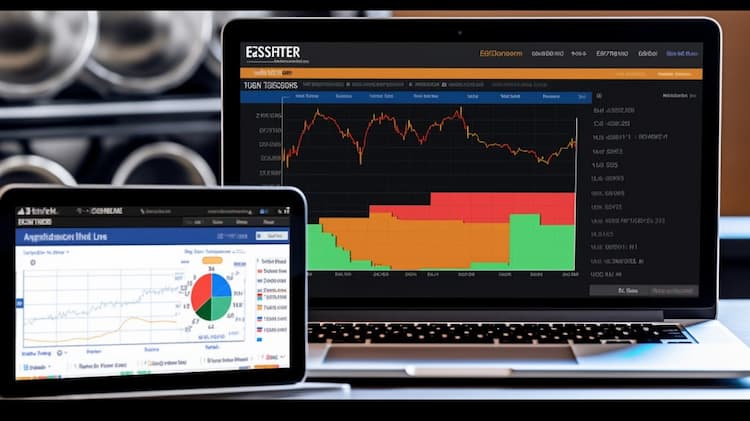TACK ISSUER
The issuer of the TACK ETF, known as the TACK Issuer, employs an actively-managed investment strategy focused on technical analysis and trend identification. Utilizing proprietary technical indicators and systematic rules-based filters, the portfolio management team seeks to optimize returns and manage risk in the U.S. equity market. This approach includes tactical rotation among the 11 S&P sectors and the inclusion of gold and U.S. Treasuries ETFs during defensive market postures. With a dedication to employing technical factors for investment decisions, the TACK Issuer aims to outperform the S&P 500 and generate alpha through sector exposure differentiation while maintaining risk control.
TACK DIVIDEND
The TACK Dividend ETF is primarily focused on employing a systematic technical analysis strategy to identify and capitalize on market trends. While dividends may not be its primary objective, the ETF's dividend distribution aligns with the performance of its underlying assets, which include passive domestic equity sector ETFs, gold ETFs, and U.S. Treasuries. TACK Dividend typically distributes dividends on a regular basis, influenced by the performance and dividend policies of the constituent ETFs within its portfolio. Investors in this ETF can expect a combination of capital appreciation and potential dividend returns, as it seeks to navigate market trends using its proprietary technical model and rules-based investment strategy.
TACK TRACKING
The TACK Tracking ETF is an actively-managed exchange-traded fund (ETF) designed to provide investors with exposure to a diversified portfolio of assets. Under normal circumstances, the fund allocates more than 80% of its net assets to passive domestic equity sector ETFs, as well as ETFs investing in gold and U.S. Treasuries. The fund employs a systematic approach to technical analysis, using historical price data and various indicators to identify significant market trends. This technical analysis forms the basis of the fund's investment decisions, allowing it to navigate market conditions and aim for outperformance relative to the S&P 500.The TACK Tracking ETF's strategy revolves around tactical rotation of the 11 S&P sectors, which initially include ETFs like the Communication Services Select Sector SPDR® Fund (XLC), Consumer Discretionary Select Sector SPDR® Fund (XLY), and others. Additionally, the fund may incorporate assets like SPDR® Gold Trust (GLD) and SPDR® Portfolio Long Term Treasury ETF (SPTL) during defensive market postures. The investment process is primarily technical and systematic, relying on rules-based filters, trend-following, and overbought/oversold indicators to generate signals for portfolio management. The fund aims to maintain a balanced portfolio with 5 to 8 ETF positions, distributed between risk-on sector ETFs and occasional risk-off ETFs, providing sector exposures that differ from the S&P 500®. Its potential source of alpha lies in these sector allocations, offering investors an opportunity to potentially outperform market expectations. The targeted maximum exposure for individual ETFs is approximately 20% for risk-on positions and 25% for risk-off positions in ETFs investing in gold or Treasury assets, with flexibility to adjust in response to market conditions. In times of extreme uncertainty, the fund may allocate a significant portion of its assets to Treasury ETFs, seeking to manage risk during risk-off conditions.
TACK CORRELATION
The correlation aspect of the TACK ETF, a diversified actively-managed exchange-traded fund, primarily invests in passive domestic equity sector ETFs, gold, and U.S. Treasuries. TACK utilizes a systematic approach to technical analysis, focusing on identifying important trends in the market. The ETF aims to benefit from market uptrends while minimizing downside risk during downtrends, using a proprietary technical model that incorporates exposure to various asset classes. TACK Correlation is a vital factor for investors looking to understand how this ETF performs in relation to different sectors and asset classes, and ETF Insider's web app offers a powerful tool for studying and visualizing these correlations, helping investors make more informed decisions and manage risk effectively.
TACK SECTOR
The TACK Sector ETF is an actively-managed exchange-traded fund that focuses on investing in domestic equity sector ETFs, gold, and U.S. Treasuries. The fund employs a systematic approach to technical analysis, utilizing various indicators to identify trends and make investment decisions. It aims to benefit from market uptrends while managing downside risk by rotating among the 11 S&P sectors and potentially including gold and Treasury ETFs in its portfolio during defensive market conditions. The TACK Sector ETF's investment process is predominantly technical and systematic, aiming to generate alpha by diverging from the sector exposures of the S&P 500 Index.
TACK EXPOSURE
While we do not have specific information about the exposure characteristics of the TACK ETF, investors can gain a deeper understanding of its market, sector, and regional exposure by utilizing our tool, ETF Insider. With this web app, users can access comprehensive data and visualizations for various US ETFs. Discover overlaps, correlations, and more to make informed investment decisions.



